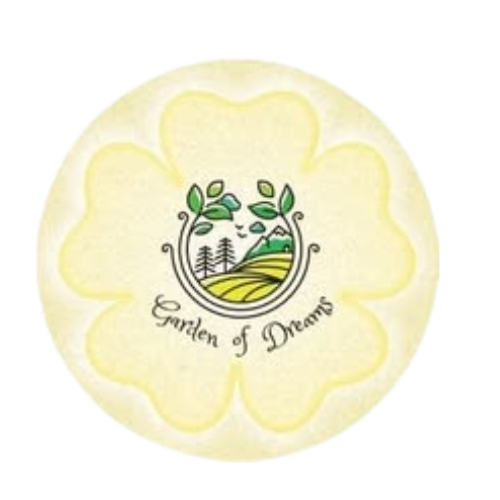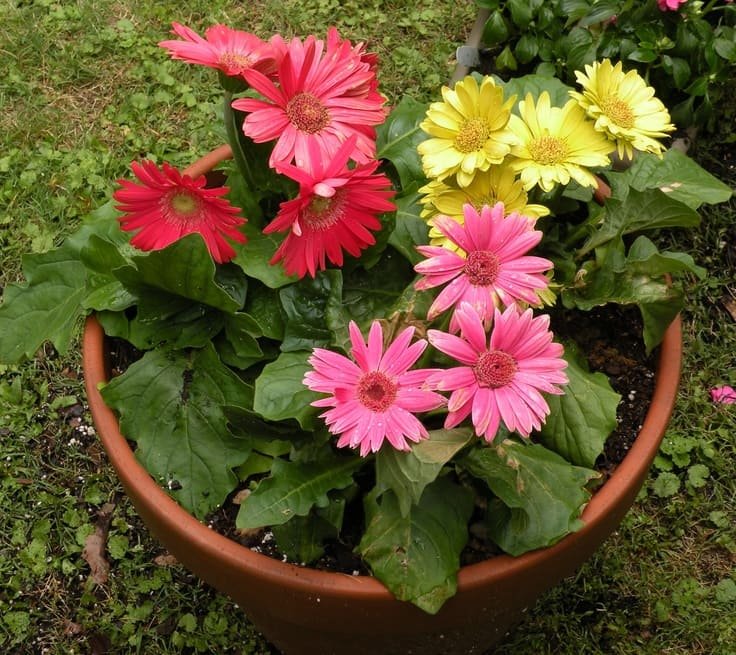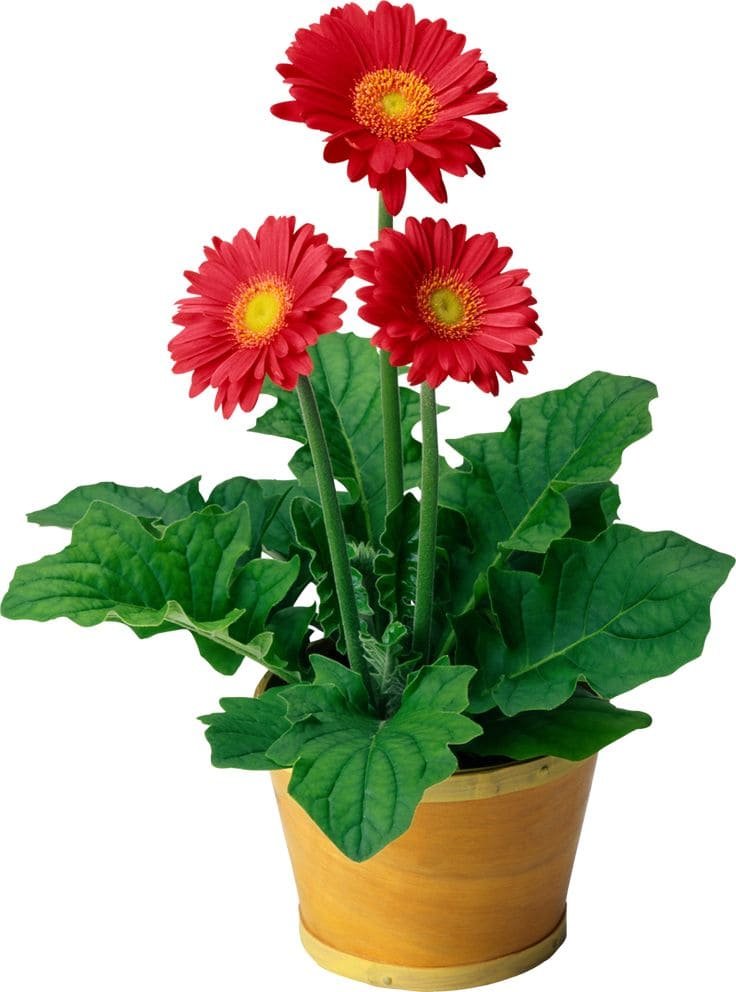The Gerbera Daisy, native to South Africa, is a perennial plant celebrated for its striking, long-lasting flowers that range from 3 to 5 inches across and come in a broad palette of bright colors including yellow, white, pink, lavender, red, and orange. Each flower sits atop a leafless stem about 6 inches above a dense rosette of dark green, slightly fuzzy, spoon-shaped or lobed leaves that can grow up to 20 inches long.
Gerberas thrive in full sun to partial shade and prefer well-drained, sandy or loamy soils amended with organic matter. They require regular watering but need the crown of the plant to dry out between waterings to prevent crown rot. These plants benefit from regular fertilization, especially with micronutrients like iron and manganese, to maintain vibrant blooms.
Widely grown as annuals in cooler climates and perennials in USDA zones 8-11, Gerberas are excellent for garden beds, borders, patios, and containers. Their flowers are also prized as cut flowers due to their long vase life of 7 to 14 days. Beyond their ornamental value, Gerbera daisies are effective natural air purifiers, capable of filtering indoor pollutants such as benzene, formaldehyde, and trichloroethylene, while also increasing indoor humidity and enhancing mood and well-being.
Gerberas attract pollinators like bees and butterflies, contributing to garden biodiversity. With moderate maintenance, they provide continuous colorful blooms through warmer months, brightening indoor and outdoor spaces alike.
-
Botanical Name : Gerbera jamesonii
-
Common Name : Gerbera Daisy
-
Light Need : Full sun to partial shade
-
Watering : Regular watering; allow crown to dry between waterings
-
Growth Habit : Clumping perennial with leafless flowering stems rising above foliage
-
Size : 6 to 18 inches tall; flowers 3-5 inches wide
-
Flowers : Large, daisy-like, multicolored, long-lasting blooms
-
Air Quality : Excellent air purifier; removes benzene, formaldehyde, trichloroethylene
-
Toxicity : Non-toxic to humans and pets
-
Maintenance : Low to moderate; requires well-drained soil and regular fertilization
-
Uses : Garden beds, containers, cut flowers, indoor decoration
Gerbera daisies combine vibrant aesthetics with practical air-purifying benefits, making them a beloved addition to gardens and homes worldwide





Reviews
There are no reviews yet.